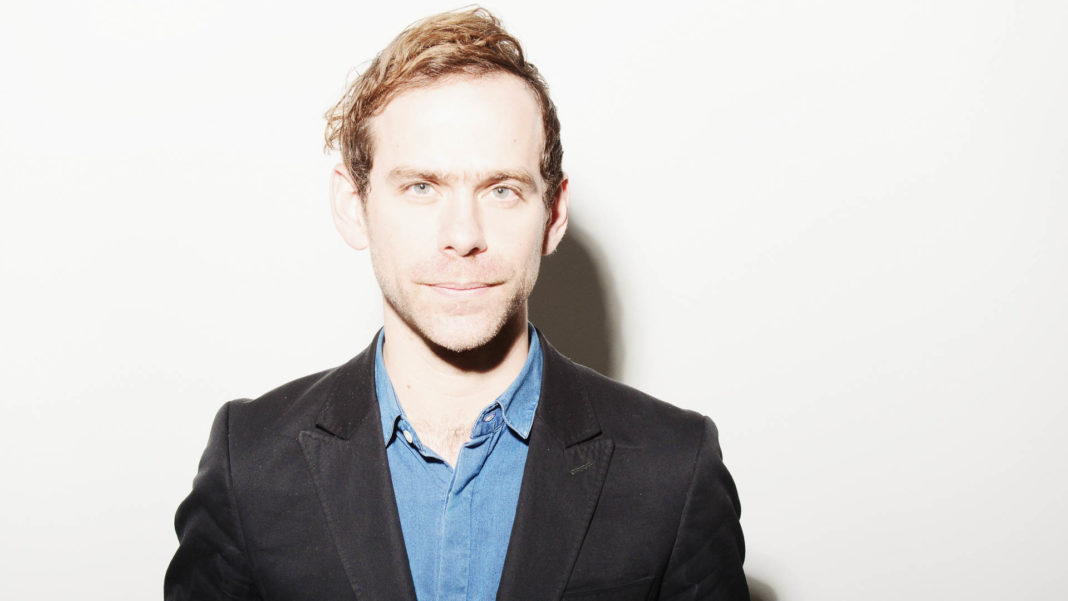Update: Â We’re reposting this interview as the full production of Triptych (Eyes of One on Another) is being performed at the Brooklyn Academy of Music June 6 – June 8
When something becomes taboo, it’s like the forbidden fruit. You know you aren’t supposed to try it, but inevitably you will. The realization of that cause and effect seems to be lost on politicians. As it was on Jesse Helms and others when an exhibition of photographs by Robert Mapplethorpe in Cincinnati became the front line in the culture wars in 1990. Not only did it capture the media’s attention, it became a pivotal moment for a then fourteen-year-old Bryce Dessner.
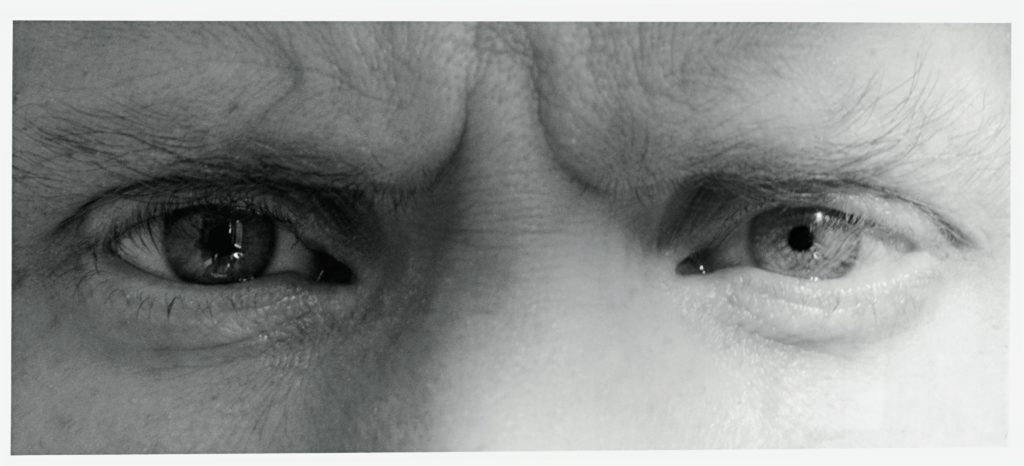
Dessner is known as one of the members of the rock band The National. He’s also known as a composer who has collaborated with the likes of Nico Muhly, Caroline Shaw, Philip Glass, Sufjan Stevens and Paul Simon.
On Tuesday, the Los Angeles Philharmonic will offer the world premiere of Triptych (Eyes of One on Another). The work is part of the Green Umbrella Series and was inspired by Dessner’s recollections of the controversy surrounding this exhibit and Mapplethorpe’s work. This premiere is the concert version of Triptych. A larger presentation, with full staging, sets and costume design, will have its premiere on March 15th at the University of Michigan, Ann Arbor.
Dessner wrote Triptych in collaboration with librettist Korde Arrington Tuttle (featuring words by Essex Hemphill and Patti Smith) and with the vocal ensemble Roomful of Teeth in mind.
I recently spoke with Dessner about Triptych, Mapplethorpe and the new recording of his Piano Concerto for 2 Pianos featuring Katia & Marielle Labéque.
What do you remember most about the controversy and shutting down of the Mapplethorpe exhibit?
As a teenager born and raised in Cincinnati, those events really marked the city in a way that stuck with me. It was later on when I got into college and studied art more seriously that I got to know better his work.Â
What is it about defining art, particularly the way these photographs were, that provokes greater interest?
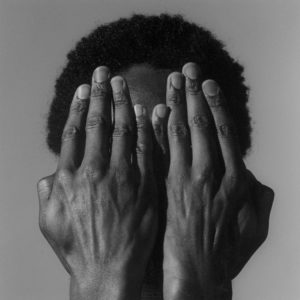
I think it absolutely backfired. There is a beautiful essay, The Invisible Dragon [by Dave Hickey] where he talks about on some level Mapplethorpe needed Jessie Helms in terms of how it amplified his work and it became so much more scrutinized and into the bloodstream. It had the opposite effect.
How has Triptych evolved as you near the premiere and do you anticipate making changes before the subsequent performances?
I think the score has evolved dramatically. The process and timing was a bit later than I would normally be comfortable with. It’s a tricky subject matter in terms of getting a solid structure to what we wanted to say. It took a lot of revisions. The music has been shifting up to the last week. It will keep evolving. There’s a bit of pressure with a premiere like this. Ideally we could keep workshopping it and make it better. In June it comes to New York. Before then I would imagine I will revise the score quite a bit.
You’ve chosen to use a lot of vocals accompanied by a chamber orchestra. How did that decision come about?
My challenge on this piece, which is text driven, the libretto is substantial and important and a lot is said with unbelievable poetry. I hope my music measured up. The piece does have a wide range of sounds. I wanted the music to be heard. But here I was very focused on the text to the extent the piece is clear and can be sung.Â
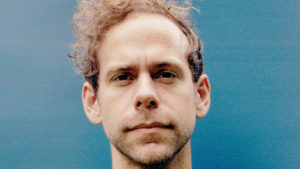
There’s a statement about Triptych that says the work “examines how we look and are looked at, bringing us face-to-face with our innermost desires, fears and humanity.” How did writing Triptych bring you face-to-face with those same things?
I try to let the piece guide me and to listen to my collaborators and the great musicians who are singing it and performing it and come to it with an open heart. And to be aware that these conflicts are in me, too.  Just because I’m making this piece, I’m not exempt from confronting these pieces the way others do.
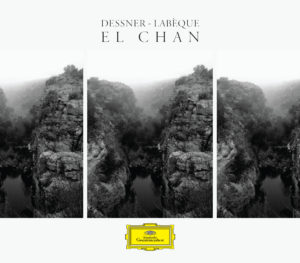
You have a new recording coming out in April featuring your Concerto for Two Pianos and El Chan (also the name of the CD). The Labéque Sisters seem to be a muse for you. What is unique about them and your collaboration with them?
Katia and Marielle have been playing music together since they were kids. They also work 8-10 hours a day together. It’s a joy to make music with them. They’ve been through enough and seen enough and they are open-minded and supportive. It’s been a beautiful experience.
Mapplethorpe said, “My whole point is to transcend the subject…to go beyond the subject somehow so that the composition, the lighting, all around, reaches a certain point of perfection.” As a composer, do you aspire to do the same thing?
I get great joy when the notes on the page, through the interpretive experience and collaborative experience of mounting the performance with performers, almost lift off and I no longer own them. That’s definitely the case with the singers in this project. I hear them sing ideas I had in the studio, but it’s almost a new piece through their interpretation. That feeling is what keeps me going and why I keep doing this.
Main Photo by Shervin Lainez











